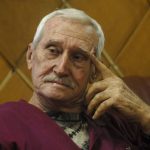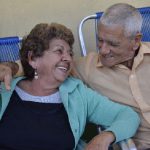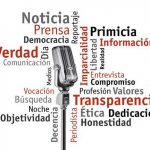“I believe that the symbols represent all the struggles, that is, they do not represent a part of the story, they represent the whole story?. That is how our Commander in Chief Fidel Castro Ruz referred to our insignia, with respect and dignity, since they are part of the people, of a country.
For today’s Cubans, it is necessary to know the past of each one of them. The little ones, beyond the Cuban History and Patriotic Education classes, must know everything hidden behind each symbol, since they represent the dream, the courage, the struggles and the sacrifice of generations of Cubans.
As Eusebio Leal said in the plenary session of the National Assembly of People’s Power, when Law 128 of National Symbols and Attributes was accepted: ?Symbols are something sacred, venerable and, in turn, they must be close and affordable for those who must honor them?.
That is why we must teach the new generations that when the Bayamo Hymn sounds we must stand up and salute the flag, that our Royal Palm is not only our national tree because it adorns our fields, but that its magnitude served as a safeguard to the mambises and rebels.
In them we have a great treasure and our basic duty is to tell children how to proceed when representing and respecting them.
It is important to know how to raise the flag, fold it and preserve it from inclement weather. No event, meeting or solemn activity is celebrated without the flag, the shield and without first singing the notes of the Hymn of Bayamo, inheritance of Perucho Figueredo for all Cubans.
Our national symbols are not a brand or a slogan, but rather the representation of a country that has a history in each one of them, because that is what makes us different in the world.






